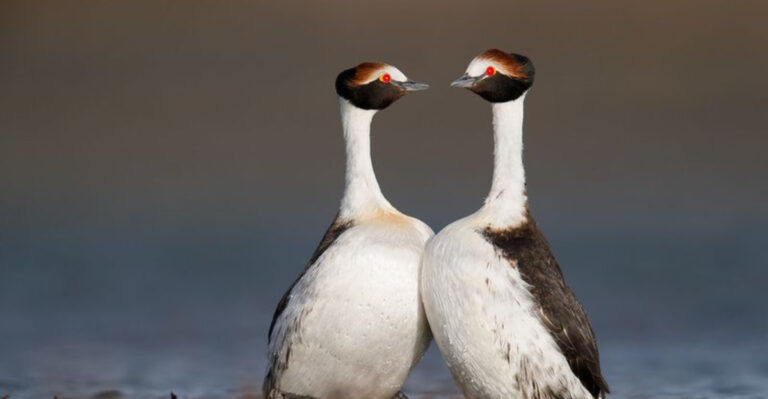15 Wild Horse Herds That Still Roam Without Human Contact
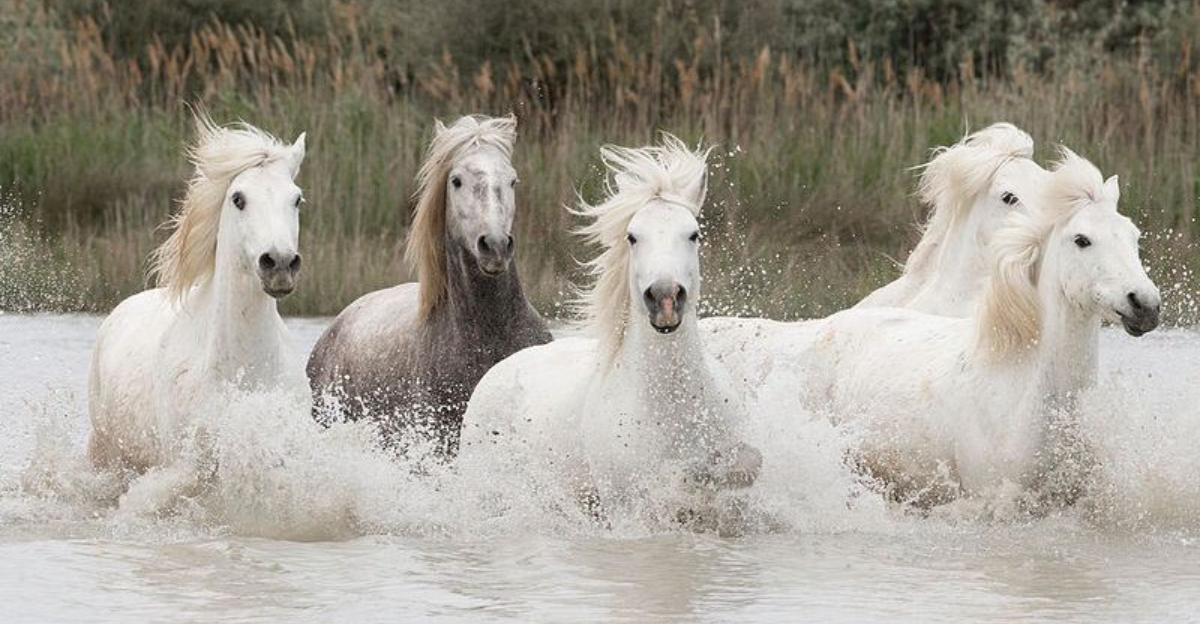
Wild horses galloping freely across open landscapes represent one of nature’s most magnificent sights. While most horses today live under human care, some remarkable herds still roam completely wild, untouched by human intervention.
These majestic creatures have maintained their natural behaviors and social structures, offering a glimpse into how horses lived before domestication.
1. Sable Island’s Sandy Kingdom
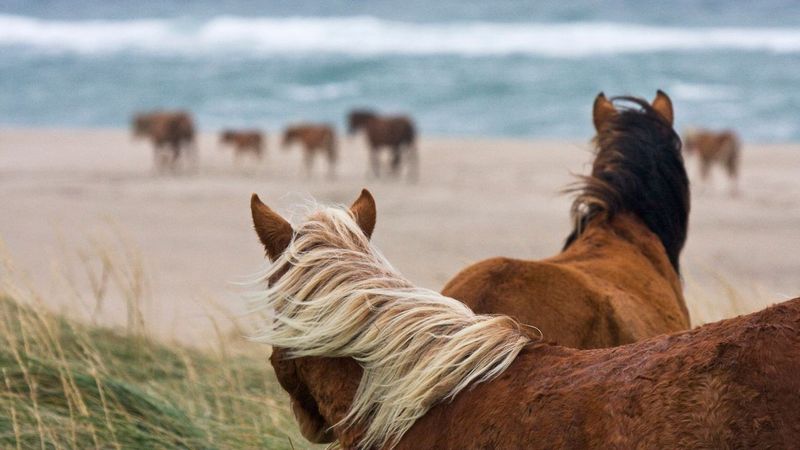
Surrounded by the fierce Atlantic Ocean, these shaggy-maned beauties have thrived on a remote sandbar off Nova Scotia for centuries. Their thick coats and sturdy bodies have adapted perfectly to the harsh maritime environment.
Remarkably, they survive without fresh water sources, getting moisture from pond water and vegetation. These iconic horses have become symbols of wild freedom in Canada.
2. Namib Desert’s Ghost Horses
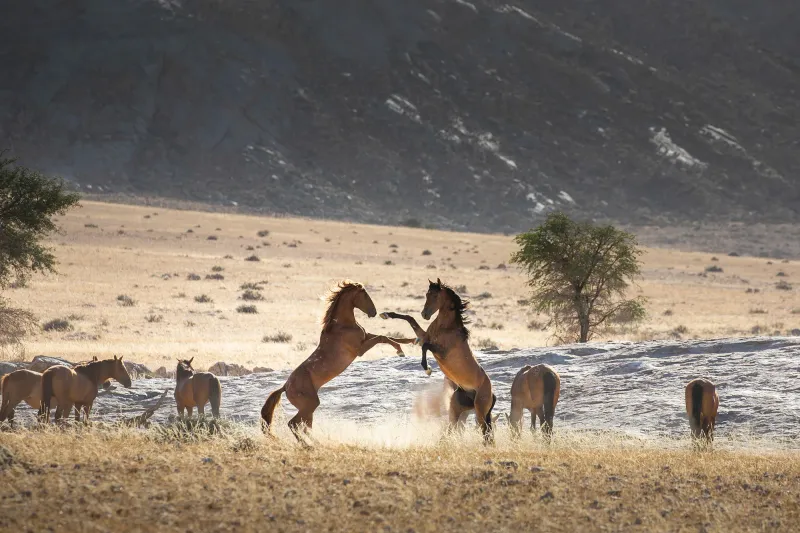
Mirage-like figures on sunbaked sands, these elusive equines endure life in one of the world’s most unforgiving deserts. Thought to descend from German colonial cavalry horses, they’ve evolved to handle scorching heat and scarce water.
Tales of shipwrecks and forsaken military mounts surround their beginnings. Fewer than 200 now persist, wandering from one isolated waterhole to the next in a constant struggle to survive.
3. Assateague’s Beach-Dwelling Ponies
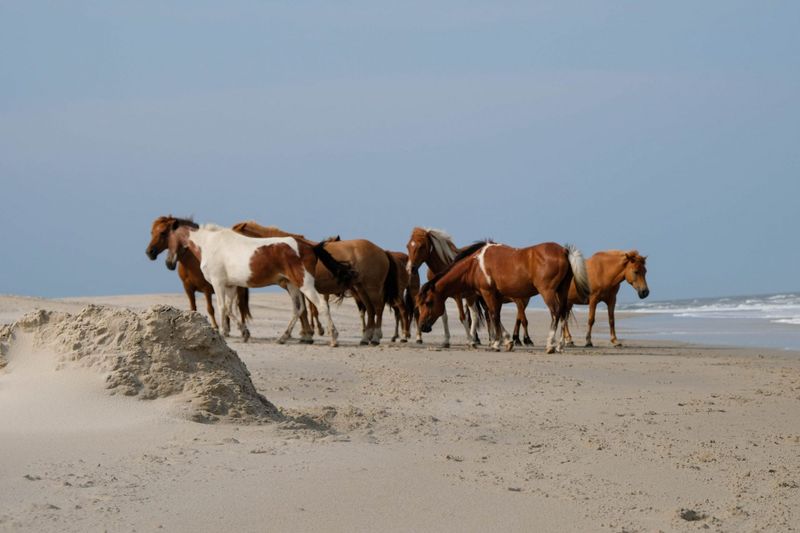
Legend claims these pint-sized equines swam ashore from a Spanish shipwreck centuries ago. Now, they roam freely across barrier islands between Maryland and Virginia, munching on salt marsh grasses and splashing through surf.
Their round bellies come from drinking brackish water, causing bloating. Split into Maryland and Virginia herds, they’re separated by a fence at the state line.
4. Kaimanawa Mountains’ Hidden Treasures

Tucked away in New Zealand’s central North Island, these nimble horses navigate steep terrain and dense forests with remarkable agility. Their bloodlines trace back to cavalry horses released in the late 1800s.
Annual helicopter counts track their numbers, which require careful management. Their distinctive small stature and varied coloring make them instantly recognizable to locals who fiercely advocate for their protection.
5. Danube Delta’s Water Horses
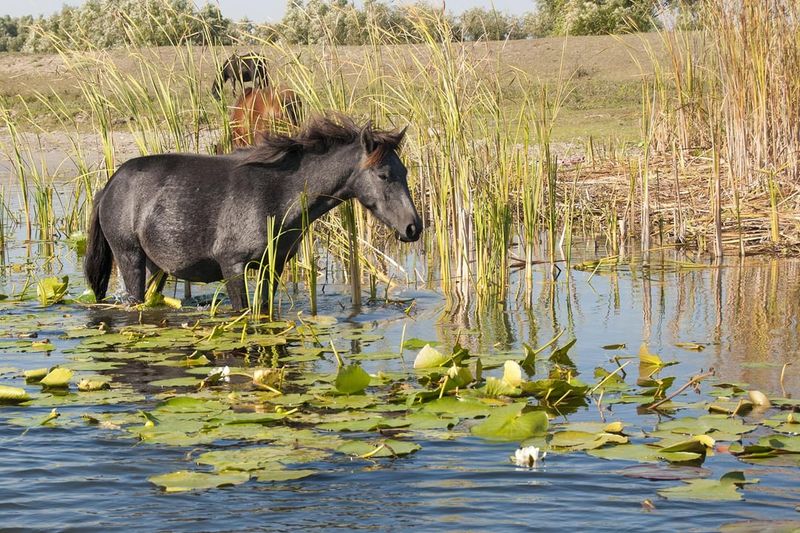
Splashing through Europe’s second-largest river delta, these rare horses create a dreamlike scene among reeds and waterways. Romanian locals call them “water horses” for their unusual semi-aquatic lifestyle.
Abandoned by farmers decades ago, they’ve returned to wild ways, forming tight family bands. Their hooves have adapted to soft, marshy ground, spreading wider than domestic horses for better weight distribution.
6. Pryor Mountains’ Living Legends
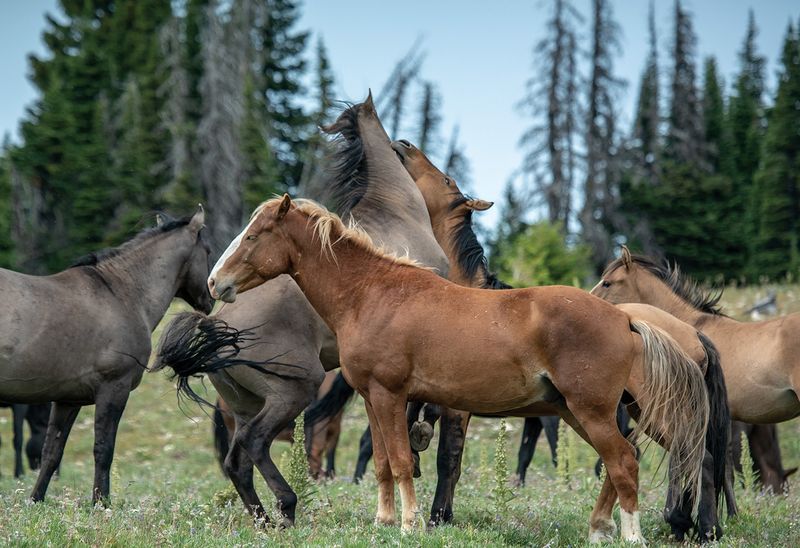
Perched high in Montana’s rugged terrain, these horses carry Spanish bloodlines dating back five centuries. Their distinctive primitive markings – dorsal stripes and zebra-patterned legs—reveal their ancient origins.
Famous mustang Cloud, documented by filmmaker Ginger Kathrens, brought their plight to national attention. Each band follows traditional migration routes between high summer meadows and sheltered winter valleys, maintaining patterns established generations ago.
7. Camargue’s White Ghosts

Emerging from the misty marshes of southern France, these pale-coated horses form one of Europe’s most ethereal wildlife sights. Foals are born with darker coats that slowly fade to a ghostly white as they age.
Traditional herders known as “gardians” oversee the semi-wild herds, maintaining a delicate balance between freedom and care. With roots tracing back to prehistoric times, they represent one of the oldest surviving horse breeds still roaming their ancestral lands.
8. Abaco Island’s Vanishing Treasures
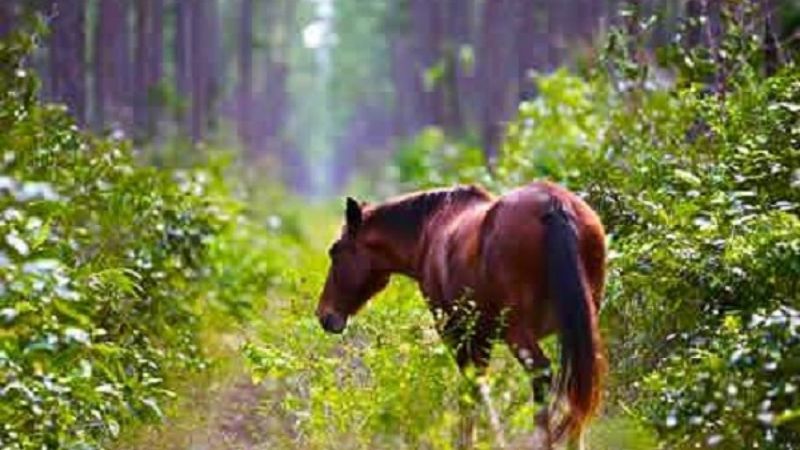
Once galloping freely through Bahamian pine forests, these critically endangered horses captured hearts with their flowing manes and Spanish colonial heritage. Hurricanes and habitat loss reduced their numbers dramatically in recent decades.
Their unique gait – called a “running walk” – allowed them to cover ground efficiently in their island home. Conservation efforts continue despite devastating setbacks, with hopes of preserving their genetic legacy.
9. Exmoor’s Ancient Survivors

Wandering England’s misty moors since prehistoric times, these hardy ponies may be Britain’s oldest native breed. Their distinctive “mealy” muzzles and protective eye hoods help them withstand brutal winter storms.
Archaeological evidence suggests they’ve remained virtually unchanged for thousands of years. Their double-layered winter coats shed water remarkably well, creating a natural thatch effect that keeps them dry in relentless Exmoor downpours.
10. Brumbies Of The Australian Alps
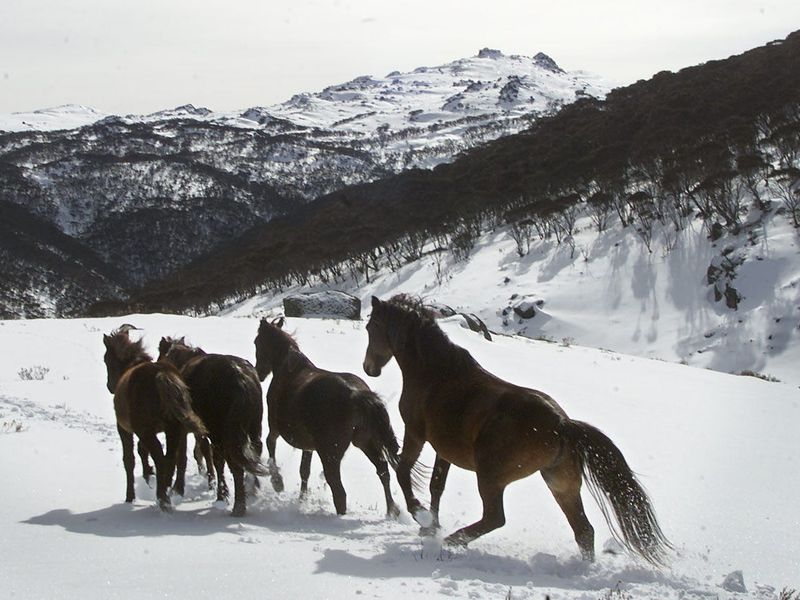
Pounding through the peaks of Australia’s tallest mountains, these hotly debated horses stir strong emotions – seen by some as destructive invaders, by others as cherished symbols of national identity.
Originating from escaped domestic stock, they’ve roamed the wild for close to two centuries. Incredible resilience helps them survive in everything from icy highlands to dry lowlands. Ongoing discussions focus on how to honor their cultural value while protecting fragile alpine environments they now inhabit.
11. Chincoteague’s Storm Survivors
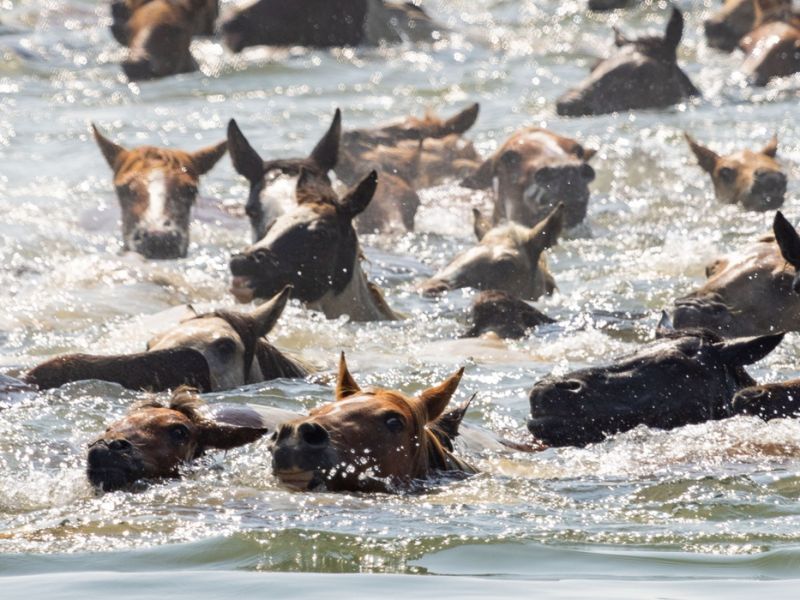
Cousins to Assateague’s ponies, these resilient equines weather hurricane-force winds and tidal surges with remarkable tenacity. Their annual swim across the channel has become a world-famous spectacle drawing thousands of visitors.
Unlike truly wild herds, they’re technically owned by the volunteer fire department. Selected foals are auctioned yearly to maintain sustainable numbers, creating a unique management model balancing wildness with human interaction.
12. Great Basin’s Desert Warriors

Scattered across Nevada’s vast sagebrush sea, these tenacious mustangs represent America’s largest remaining wild horse population. Their remarkable ability to locate hidden water sources borders on supernatural.
Family bands follow traditional seasonal routes established over generations. With coats ranging from palomino to blue roan, their diversity reflects centuries of mixed ancestry from Spanish, cavalry, and ranch stock.
13. Lavradeiros Of Brazil’s Wetlands
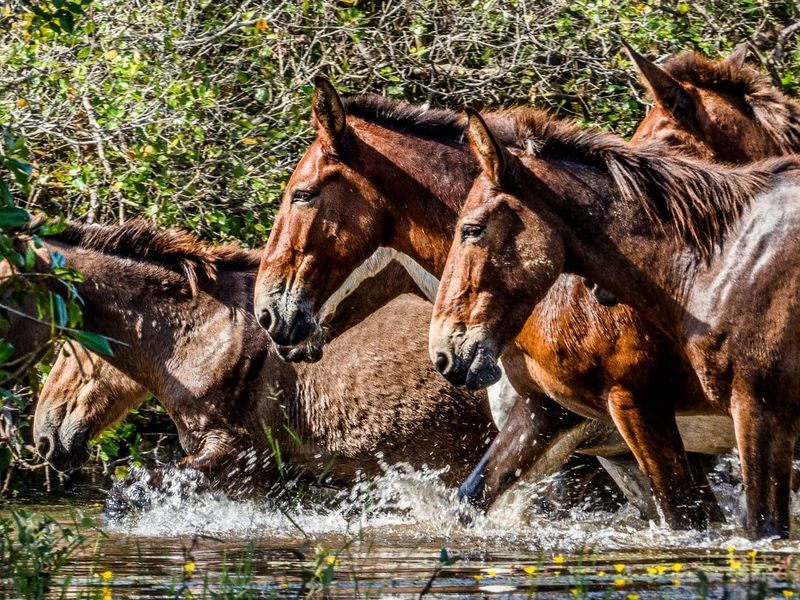
Swimming through Brazil’s flooded Pantanal grasslands, these little-known wild horses create a photographer’s dream against emerald waters. Descended from colonial Iberian horses, they’ve adapted perfectly to seasonal flooding cycles.
Their semi-webbed hooves provide stability in muddy terrain. During wet seasons, they gather on elevated islands called cordilheiras, forming temporary super-herds before dispersing when waters recede.
14. Mongolia’s Takhi Treasures
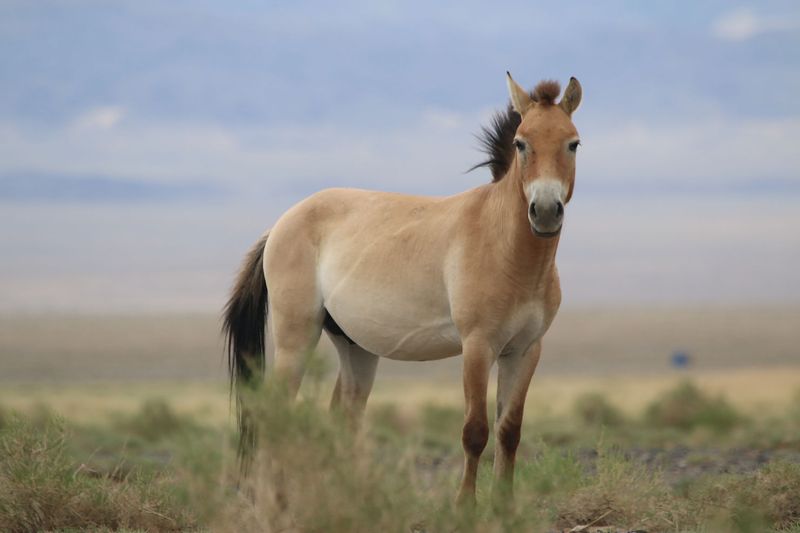
Standing proud on the Mongolian steppe, these are the world’s only truly wild horses – never domesticated throughout history. Once extinct in the wild, careful reintroduction programs have restored them to ancestral lands.
Their dun coloring and upright manes distinguish them from all other equines. Also called Przewalski’s horses, they represent a genetic treasure – the last remaining wild horse species separate from domestic horse lineage.
15. Alberta’s Mountain Ghosts
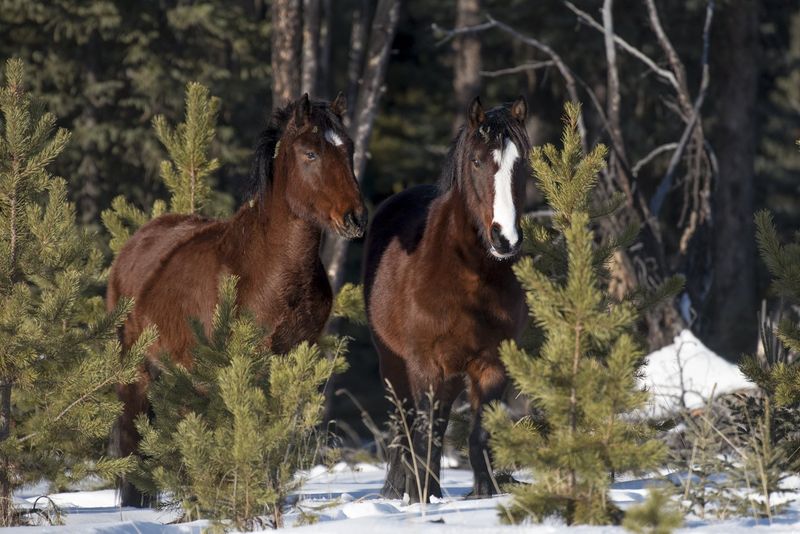
Roaming Canada’s eastern Rocky Mountain foothills, these elusive equines appear and vanish like spirits among pine forests and alpine meadows. Their thick winter coats grow up to three inches long to withstand brutal Canadian winters.
Local First Nations communities consider them sacred. Carefully adapted to high elevations, they can navigate treacherous mountain slopes that would challenge even experienced riders on trained horses.



